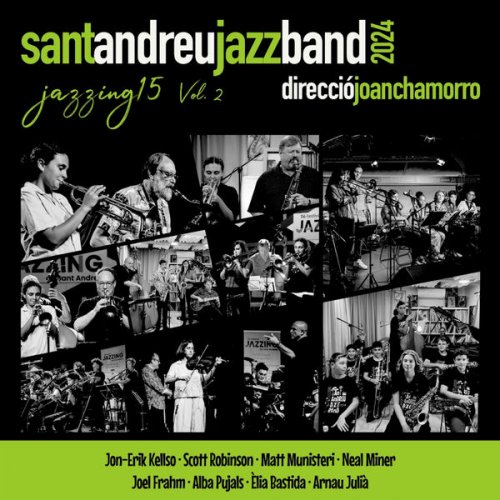Rudolf Kempe - Haydn: Sinfonia Concertante, R. Strauss: Don Quixote (1992)
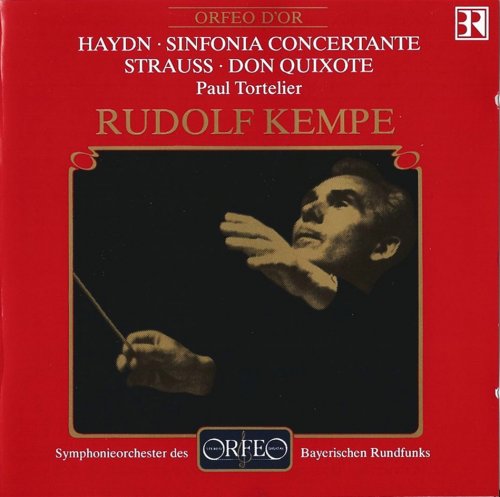
Artist: Rudolf Kempe
Title: Haydn: Sinfonia Concertante, R. Strauss: Don Quixote
Year Of Release: 1992
Label: Orfeo
Genre: Classical
Quality: FLAC (image+.cue,log,scans)
Total Time: 01:00:44
Total Size: 282 Mb
WebSite: Album Preview
Tracklist: Title: Haydn: Sinfonia Concertante, R. Strauss: Don Quixote
Year Of Release: 1992
Label: Orfeo
Genre: Classical
Quality: FLAC (image+.cue,log,scans)
Total Time: 01:00:44
Total Size: 282 Mb
WebSite: Album Preview
Joseph Haydn (1732-1809):
Sinfonia concertante in B flat major Hob.I:105
01. 1: Allegro [0:08:56.40]
02. 2: Andante [0:05:09.40]
03. 3: Allegro con spirito [0:06:26.70]
Richard Strauss (1864-1949):
Don Quixote, op.35
04. Introduction [0:06:03.12]
05. The Knight of The Sorrowful Countenance [0:01:52.08]
06. Variation I~Gemachlich [0:02:19.67]
07. Variation II~Kriegerisch [0:01:42.40]
08. Variation III~Massiges Zeitmass [0:07:38.03]
09. Variation IV~Etwas Breiter [0:01:55.27]
10. Variation V~Sehr Langsam [0:03:44.25]
11. Variation VI~Schnell [0:01:09.45]
12. Variation VII~Ein Wenig Ruhiger Als Vorher [0:01:07.33]
13. Variation VIII~Gemachlich [0:01:59.22]
14. Variation IX~Schnell Und Sturmisch [0:01:03.50]
15. Variation X~Viel Breiter [0:04:32.55]
16. Sehr Ruhig [0:05:10.13]
Performers:
Erich Keller - violin
Walter Nothas - cello
Kurt Kalmus - oboe
Karl Kolbinger - bassoon
Rudolf Koeckert - violin
Georg Schmid - viola
Paul Tortellier - cello
Symphonieorchester des Bayerischen Rundfunks
Rudolf Kempe - conductor
Although this is the latest Tortelier/Kempe Don Quixote to be released commercially, it wasn't the the last to be recorded. Six or so years prior to Bavarian Radio's broadcast, EMI engaged the same artists for a recording with the Berlin Philharmonic; and six years later, they collaborated again—this time in Dresden, as part of a large-scale EMI survey of Strauss's orchestral works. It would be interesting to see the first EMI version re-emerge as part of a Kempe (or, indeed, Tortelier) 'Edition', but in the meantime this lively if resonant radio recording offers a refreshing alternative to the already highly impressive Dresden performance.
The main differences between the two centre largely around the individual timbres and seating arrangements of their respective orchestras. The Dresdeners are texturally warm and closely balanced (the soloists, especially), whereas the Bavarians—their violin desks separated, a la Kubelik—have a brighter profile, and their recording is more spacious, if less immediate in impact. The Munich performance has an endearing swagger and a genuinely sunny countenance: Sancho Panza is particularly human, and the closing moments of ''The Adventure with the Pilgrims'' will surely raise a chuckle. On the other hand, the Dresden ''Ride through the Air'' is spectacular (especially on CD), whereas Kempe's Munich flight sounds tame by comparison, even though the dialogue between first and second violins is obviously much clearer (as it is in the finale). Also, I was more moved by Tortelier's later ''Knight's vigil'', but then his earlier finale is marginally better paced.
As you can see, it's very much a case of swings and roundabouts. Had I to choose between the two, I'd probably opt for the EMI studio recording, largely on account of its more disciplined orchestral execution and the superior sound. The Sinfonia concertante is served 'in the best traditions of the house', as they say. It's big-boned Haydn, but friendly—rather like augmented chamber music. The playing is alert, vigorous and supple, with solo strings that occasionally don a subtle suggestion of portamento (i.e. in the Andante). The woodwinds are perky and dextrous—especially the bassoon—and the whole sounds admirably relaxed.
Rudolf Kempe was a fine musician and any souvenir of his art is bound to be worthwhile. This CD is certainly no exception: it offers warming evidence of his insightful interpretative style and reaffirms his pre-eminence as a superlative Strauss conductor.'
The main differences between the two centre largely around the individual timbres and seating arrangements of their respective orchestras. The Dresdeners are texturally warm and closely balanced (the soloists, especially), whereas the Bavarians—their violin desks separated, a la Kubelik—have a brighter profile, and their recording is more spacious, if less immediate in impact. The Munich performance has an endearing swagger and a genuinely sunny countenance: Sancho Panza is particularly human, and the closing moments of ''The Adventure with the Pilgrims'' will surely raise a chuckle. On the other hand, the Dresden ''Ride through the Air'' is spectacular (especially on CD), whereas Kempe's Munich flight sounds tame by comparison, even though the dialogue between first and second violins is obviously much clearer (as it is in the finale). Also, I was more moved by Tortelier's later ''Knight's vigil'', but then his earlier finale is marginally better paced.
As you can see, it's very much a case of swings and roundabouts. Had I to choose between the two, I'd probably opt for the EMI studio recording, largely on account of its more disciplined orchestral execution and the superior sound. The Sinfonia concertante is served 'in the best traditions of the house', as they say. It's big-boned Haydn, but friendly—rather like augmented chamber music. The playing is alert, vigorous and supple, with solo strings that occasionally don a subtle suggestion of portamento (i.e. in the Andante). The woodwinds are perky and dextrous—especially the bassoon—and the whole sounds admirably relaxed.
Rudolf Kempe was a fine musician and any souvenir of his art is bound to be worthwhile. This CD is certainly no exception: it offers warming evidence of his insightful interpretative style and reaffirms his pre-eminence as a superlative Strauss conductor.'
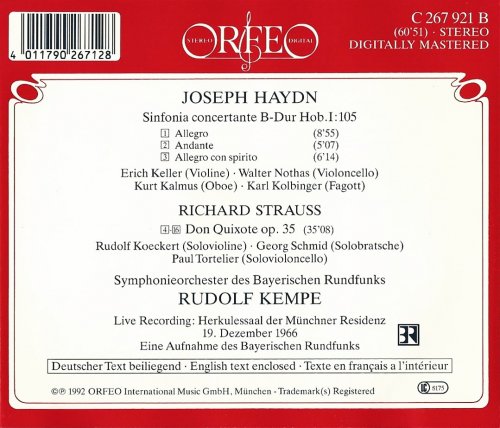
DOWNLOAD FROM ISRA.CLOUD
Rudolf Kempe Haydn Sinfonia Concertante Strauss Don Quixote 92 1610.rar - 282.4 MB
Rudolf Kempe Haydn Sinfonia Concertante Strauss Don Quixote 92 1610.rar - 282.4 MB
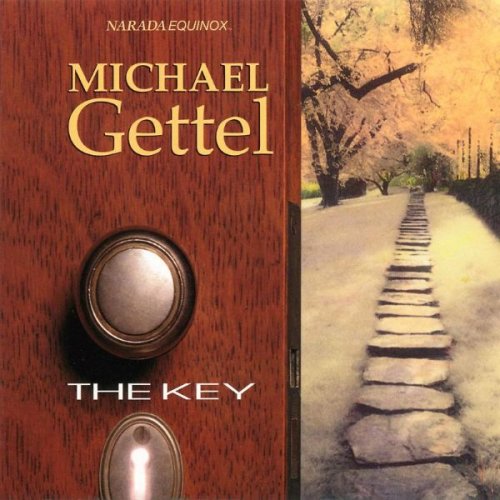
![Ben Aylon, Roei Hermon - SMALL ROOM IN DAKAR (2025) [Hi-Res] Ben Aylon, Roei Hermon - SMALL ROOM IN DAKAR (2025) [Hi-Res]](https://www.dibpic.com/uploads/posts/2025-12/1765640683_pl8lfacmwajwc_600.jpg)
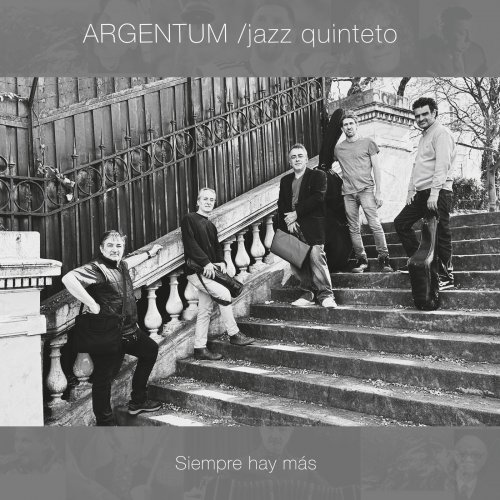

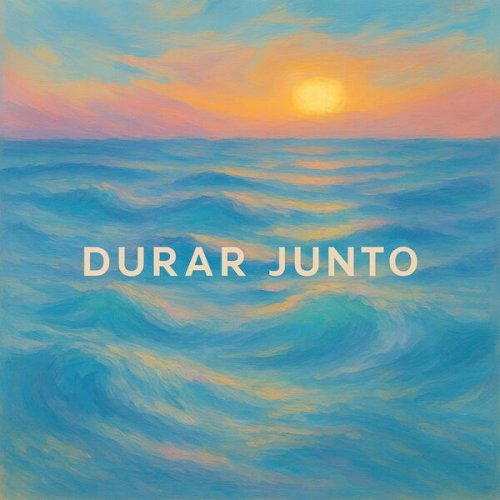

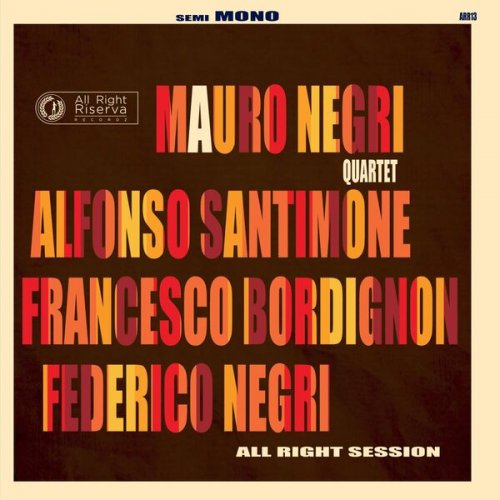
![Sibel Köse Septet - In Good Company (2025) [Hi-Res] Sibel Köse Septet - In Good Company (2025) [Hi-Res]](https://www.dibpic.com/uploads/posts/2025-12/1765846644_uizwujac4ht2d_600.jpg)
